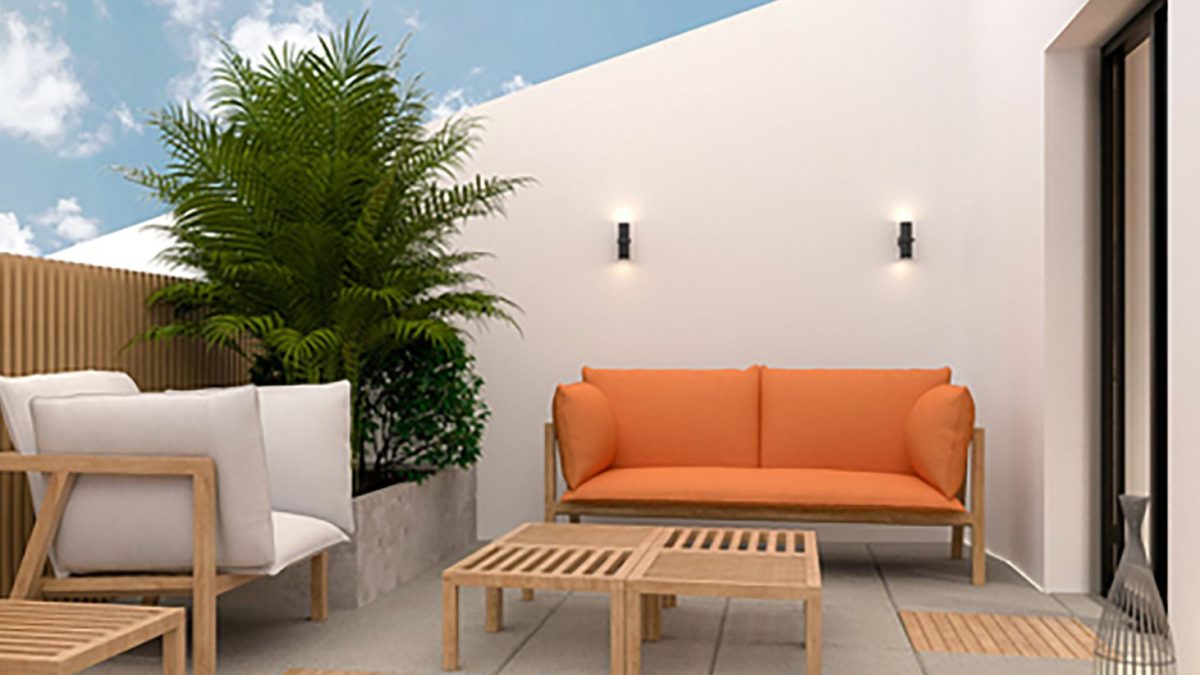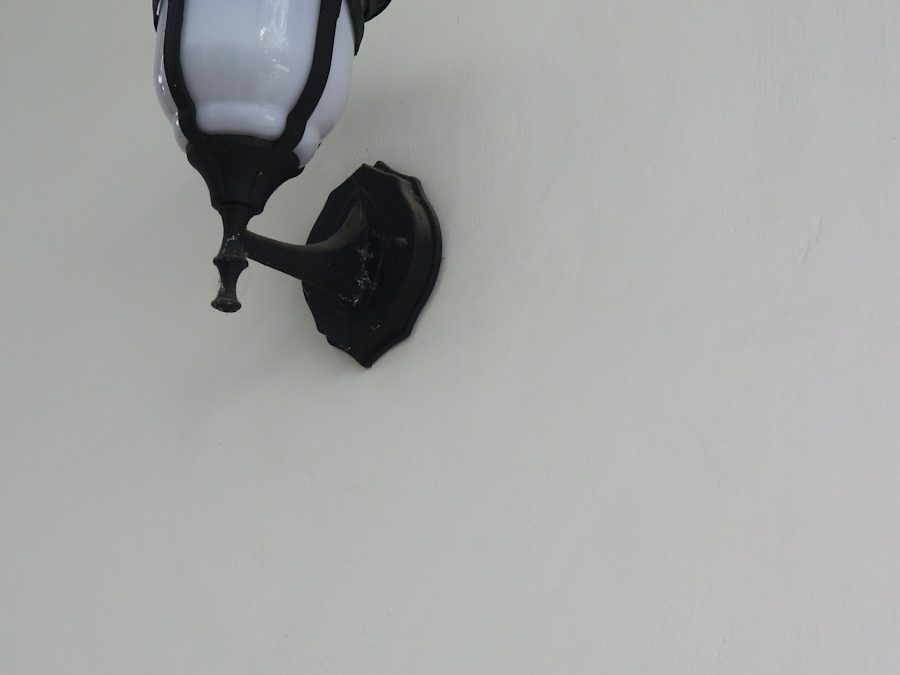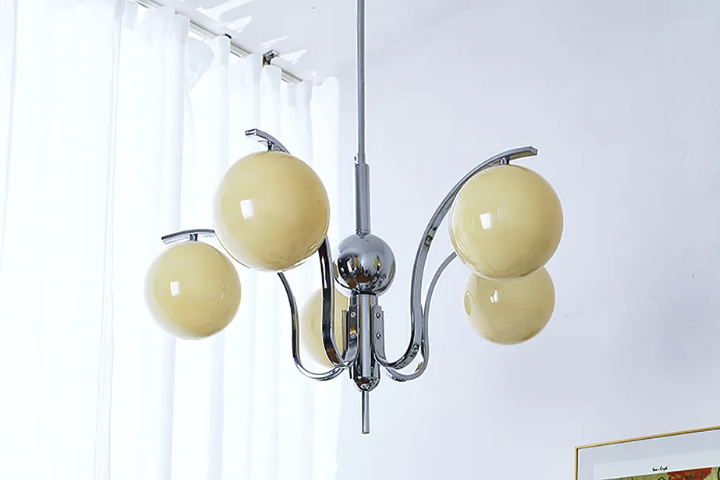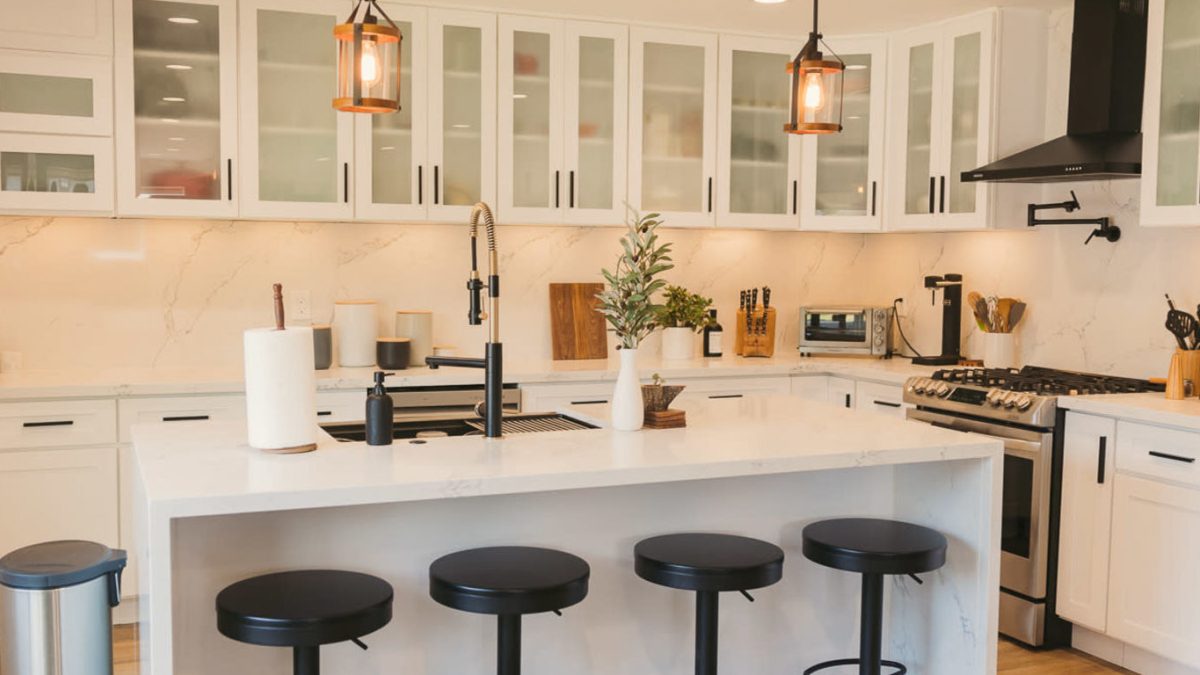
The Radiant Charm of Hue Lustre: A Stunnning Display of Colorful Brilliance
Introduction:
Hue lustre refers to the way in which colors interact with light, producing a dazzling display of brilliant hues that can be both captivating and mesmerizing. In this article, we will delve deeper into the science behind hue lustre, and explore its application in different fields.
The Science of Hue Lustre:
Hue lustre is the result of a complex interaction between light and the properties of the surface it strikes. When light hits an object, it is either absorbed, reflected or transmitted depending on the nature of the surface. The colors that we see depend on the wavelengths of the light that are reflected back to our eyes. The way in which colors are reflected back from an object determines its hue, saturation, and brightness.
Hue:
Hue refers to the color we see when we look at an object. It is determined by the wavelengths of the light that are reflected back from the object. For example, red is the hue we see when light with a wavelength of around 700nm is reflected back to our eyes.
Saturation:
Saturation refers to the intensity of the color we see. A color that is highly saturated appears vibrant, while a color that is low in saturation appears pale or washed out.
Brightness:
Brightness refers to the amount of light that is reflected back from an object. A color that is bright appears to be shining or glowing, while a color that is dim appears to be dull or subdued.
Application in Different Fields:
The science of hue lustre has numerous applications in different fields, including art, design, and advertising.
Art:
In art, hue lustre is used to create visually stunning works that are both captivating and inspiring. Artists use different techniques to enhance hues, saturations, and brightness to create various effects that convey different emotions and expressions.
Design:
In design, hue lustre is an important consideration when creating objects or spaces that are aesthetically pleasing. Designers use hues to create different moods or atmospheres, while brightness and saturation are used to highlight or emphasize certain elements of the design.
Advertising:
In advertising, hue lustre is used to create eye-catching visuals that capture the attention of the viewer. Bright, vibrant colors are often used to convey energy and excitement, while subdued colors are used to convey a more serious tone.



